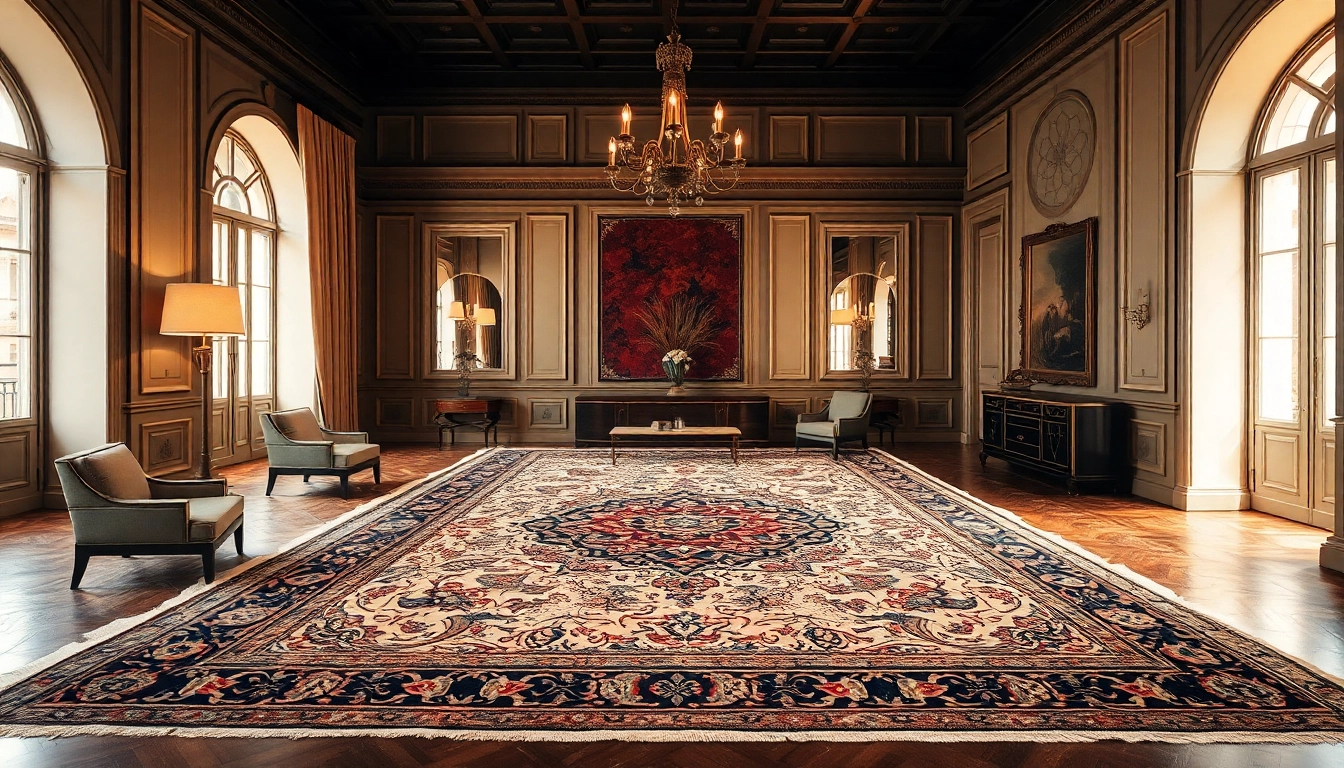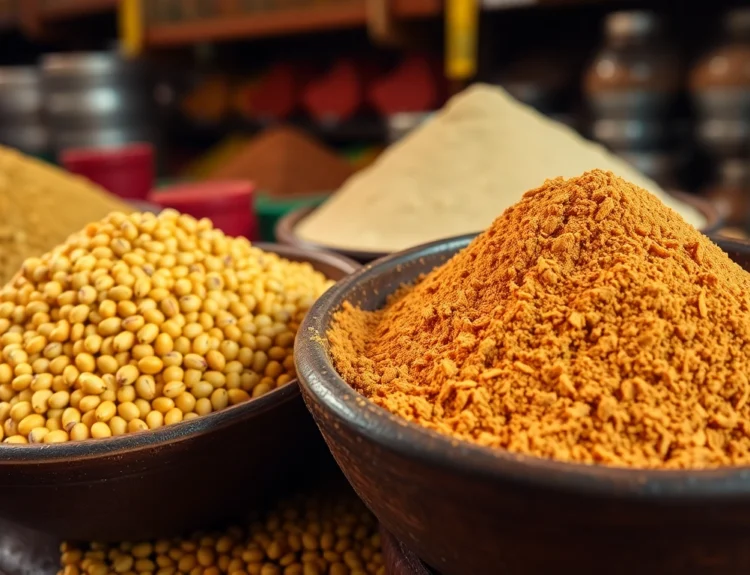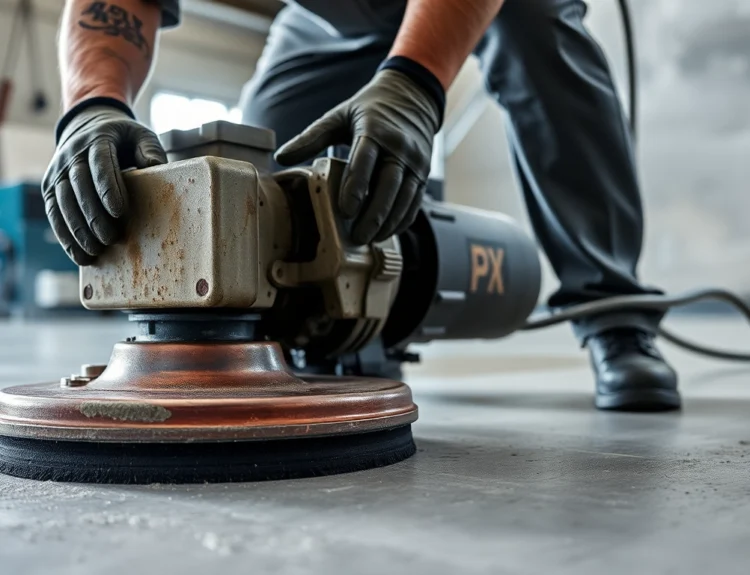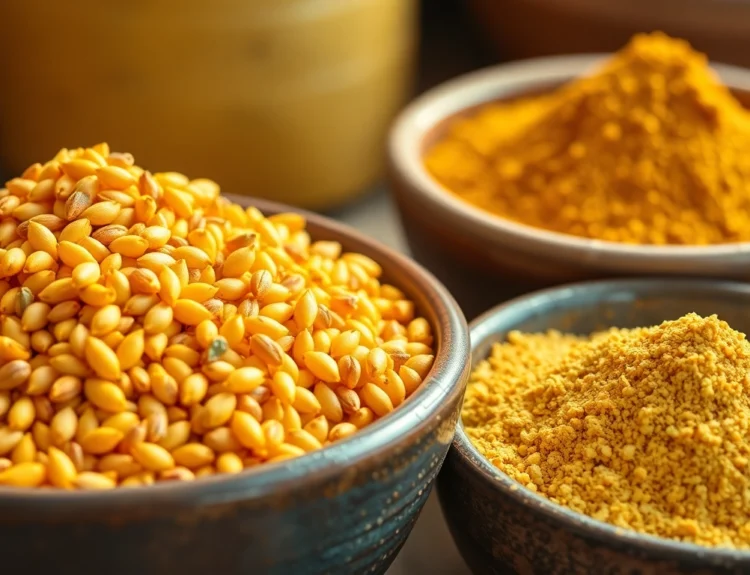Understanding the Value of Tappeto Persiano Milano
In the refined world of interior design, few elements evoke elegance and cultural richness as profoundly as a high-quality Persian rug. Especially within the vibrant and fashion-forward city of Milan, the Tappeto persiano Milano has established itself as a symbol of luxury, tradition, and artistry. These handcrafted masterpieces not only serve as durable decorative items but also as a testament to centuries-old craftsmanship that blends cultural heritage with contemporary aesthetics. Recognizing their value involves understanding their historical craftsmanship and cultural significance, which enriches the ambiance of any sophisticated space.
Historical craftsmanship and cultural significance
Persian rugs have ancient origins dating back over a thousand years, originating from Iran—historically known as Persia. Crafted with meticulous skill, each rug tells a story through its intricate designs, symbolic motifs, and expert knotting techniques. The craftsmanship involves complex processes passed down through generations, often taking months for a single piece. These rugs represent more than mere decoration; they embody cultural identity, social status, and artistic expression. In Milan, they are appreciated not just for their aesthetic appeal but also for their heritage, adding depth and authenticity to interior spaces. Investing in a genuine Tappeto persiano Milano means embracing a rich history of artisanship that seamlessly fuses tradition with modernity.
What makes a genuine persian rug unique in Milan
Authentic Persian rugs are distinguished by their superior quality, detailed craftsmanship, and cultural authenticity. In Milan, where interior design emphasizes elegance and exclusivity, genuine Persian rugs stand out thanks to their hand-knotted construction, natural dyes, and unique motifs. These elements ensure durability, vibrancy, and a one-of-a-kind appearance. Unlike machine-made imitations, genuine persian rugs have a certain “soul”—each knot and color choice reflects centuries of tradition. When purchasing in Milan, discerning buyers often seek rugs made in well-known weaving regions like Tabriz, Kashan, or Isfahan, which are renowned for their distinctive designs and high-quality wool or silk compositions. Authenticity is also verified through meticulous provenance checks and certificate documentation.
Key features to identify authentic Tappeto persiano Milano
Several markers distinguish authentic Persian rugs from imitations. First, artisan craftsmanship: hand-knotting is a labor-intensive process, resulting in a dense, durable weave. Experts analyze the back of the rug—genuine Persian rugs display clearly visible uniform knots, with symmetrical designs that align perfectly on both sides. Second, material quality: authentic rugs are made from high-quality wool or silk, which have a natural sheen and remarkable softness. Third, dyes: natural vegetable or mineral dyes produce vibrant yet subtle colors resistant to fading, unlike synthetic counterparts. Fourth, regional motifs: each weaving region has distinctive patterns, such as the floral medallions of Isfahan or the geometric designs of Tabriz. Finally, pricing serves as a clue—by consulting reputed vendors and getting proper appraisals, buyers can avoid forgeries.
Choosing the Right Tappeto Persiano for Your Milan Home
Size and design options to match interior styles
Selecting the appropriate size and design of a Persian rug necessitates aligning with your interior aesthetic and space constraints. For expansive living rooms, a large rug (e.g., 300×200 cm or bigger) can anchor the area, creating a focal point that enhances both traditional and contemporary settings. In contrast, smaller runners or accent rugs serve well in hallways or under coffee tables. Regarding design, Milanese interiors often prefer Persian rugs featuring floral patterns, medallions, or geometric motifs, which complement modern minimalism or classic elegance. Diverse color palettes—from muted earth tones to vibrant reds and blues—allow customization to match existing furniture and décor themes.
Material quality and knotting techniques
High-caliber Persian rugs employ superior materials, predominantly natural wool and silk, yielding durability and aesthetic richness. The knotting technique—usually Persian (Senneh) or Turkish (Ghiordes)—affects the rug’s texture and longevity. Hand-knotted rugs with a higher knot density (measured in knots per square inch) are more refined, detailed, and long-lasting. For consumers in Milan who seek investment pieces, checking knot density and craftsmanship documentation ensures quality. A densely knotted rug with fine silk fibers can serve as an heirloom piece, maintaining value over time.
Colors and patterns prevalent in Milanese decor
Milan’s modern and classic interiors often incorporate Persian rugs with colors that elevate space ambiance. Rich reds, deep blues, warm ochres, and subtle ivory backgrounds provide versatility and elegance. Florally intricate or medallion-centered patterns harmonize well with contemporary furniture, while geometric designs align effortlessly with minimalist schemes. Fashion and art influences in Milan encourage bold statement pieces or subtle accents, making the choice of pattern and color critical to achieving desired aesthetic harmony.
Buying Guide: Where and How to Purchase Tappeto Persiano Milano
Reputable local shops and showrooms in Milan
Milan boasts numerous reputable showrooms and specialized shops where aficionados can view and purchase authentic Persian rugs. Notable among these is Artorient Milano, offering extensive collections of both modern and antique Persian rugs. Established vendors like Toranj and Cohen Tappeti also provide certified, high-quality pieces with professional guidance. Visiting these showrooms allows buyers to examine rugs closely, verify authenticity, and receive expert advice on placement and maintenance.
Online platforms and trusted sellers
For convenience and broader selection, online platforms such as outlettappeti.com or dedicated dealers like Parsa Tappeti enable shoppers to acquire Persian rugs, often with authentic certification and detailed images. It is crucial to verify seller credibility through customer reviews, authenticity guarantees, and transparent return policies. In-depth descriptions of materials, knot density, and provenance should accompany online listings to ensure purchase security.
Tips for assessing price, authenticity, and condition
Pricing varies according to size, age, origin, and craftsmanship quality. Authentic Persian rugs are a significant investment, with prices ranging from a few hundred to several thousand euros. Buyers should ask for certificates of authenticity and provenance records. Visually inspecting the rug’s back—uniform knots, natural dyes, and material quality—helps assess condition. For vintage or antique pieces, professional restoration or appraisal may be advisable to confirm value.
Restoration, Maintenance, and Care of Persians in Milan
Professional cleaning and restoration services
To preserve the beauty and longevity of Persian rugs, entrusting them to specialized cleaning and restoration experts like those at Artorient or Tappeti Milano is recommended. Professional cleaning involves gentle, dry or wet methods tailored to natural fibers, ensuring cleaning without damaging dyes or fibers. Restoration services include repairing worn areas, reweaving frayed knots, or restoring colors—crucial for antiques with high aesthetic and monetary value.
Daily care tips to preserve beauty and longevity
Regular vacuuming using a gentle brush attachment removes surface dirt and prevents dust accumulation. Avoid direct sunlight exposure to prevent fading of dyes. Rotating the rug periodically distributes wear evenly. Using protective padding underneath prevents slippage and reduces friction. Addressing spills immediately with blotting and neutral cleaning agents maintains vibrancy and integrity.
Cost considerations for restoration and repairs
Restoration costs depend on the extent of damage, age, and rarity. Minor repairs like fringe replacement or spot cleaning may cost a few hundred euros, while extensive rewoven areas or color restoration can range into thousands. Investing in professional care not only preserves the rug’s aesthetics but also enhances its market value as an heirloom or collector’s item.
Investment and Trends: The Future of Tappeto Persiano Milano
Market trends and demand in Milan
The demand for authentic Persian rugs in Milan remains strong, especially among interior designers and collectors seeking unique, durable art pieces. The growing appreciation for cultural heritage and sustainable craftsmanship drives increased interest in handwoven, ethically sourced rugs. As Milan continues to be a hub for luxury living, Persian rugs become integral to luxurious, bespoke interiors.
Pricing insights and value retention
High-quality Persian rugs tend to hold or appreciate in value over time, especially rare antique pieces. Market trends suggest careful buyers can benefit from expert appraisals and proper documentation. Investing in authentic, well-maintained rugs can be viewed both as an aesthetic enhancement and a financial asset, especially as artisanship and provenance are highly valued.
Styling tips to enhance property value with Persian rugs
Strategic placement of Persian rugs—such as anchoring a living room seating area or adding a focal point in the dining space—boosts visual appeal. Pairing vibrant Medallion or floral designs with modern minimalist furniture creates a striking contrast. Using authentic rugs in entryways or bedrooms heightens perceived luxury, thus increasing overall property valuation. Combining traditional craftsmanship with contemporary layouts ensures an elegant, timeless ambiance.



